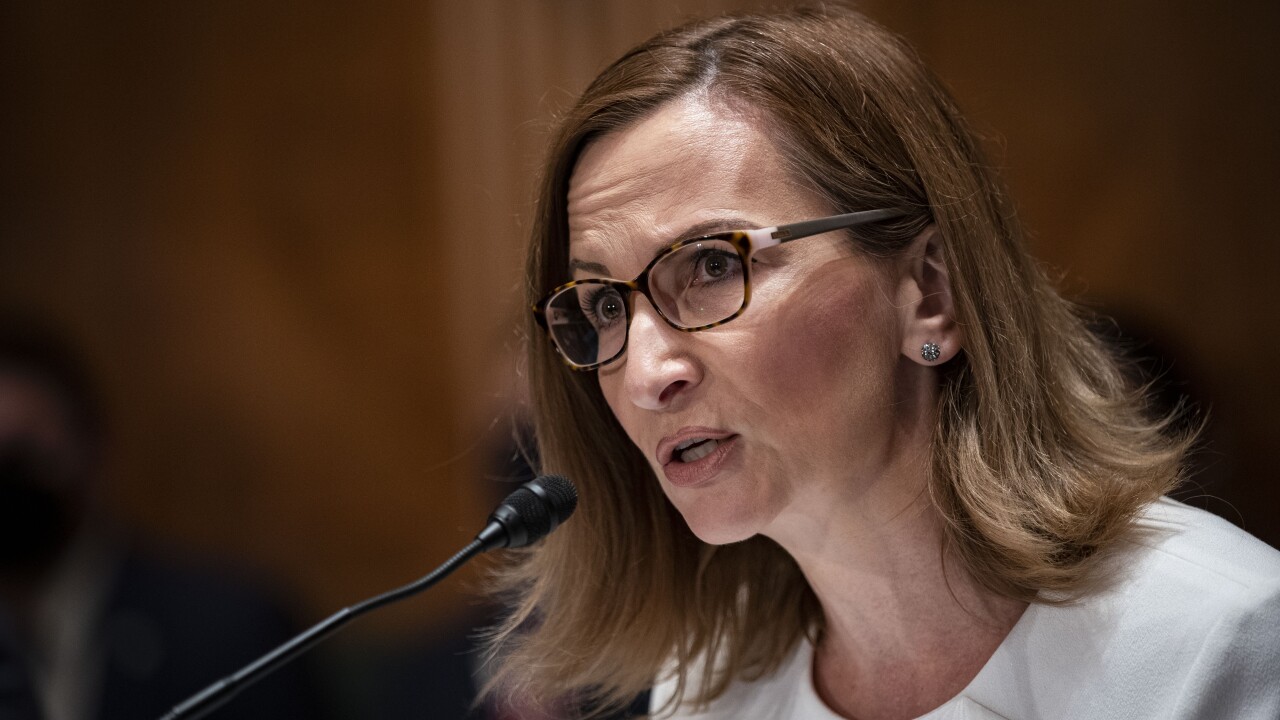
One of the chief problems about abstract principles is that they tend to fit uncomfortably into lived experience. As a general matter, I prefer dark colors to bright ones when it comes to things like furniture and home furnishings, while my wife prefers bright colors for things like that. These abstract principles tend to break down when we actually look at some swatches or whatever and find something we can both agree on: OK I don't like pink, but this pink is one that I can live with.
A similar kind of collision between general preferences and specific conditions, I think, may be coming for banking regulators as they now consider the
But there has also been a
The Capital One-Discover merger would give that ambition a meaningful boost by giving one of the country's biggest credit card issuers its own global payments network, and the stated goal of the merger, according to Capital One CEO Richard Fairbank, is precisely that.
"Our acquisition of Discover is a singular opportunity to bring together two very successful companies with complementary capabilities and franchises, and to build a payments network that can compete with the largest payments networks and payments companies," Fairbank said in a news release accompanying the announcement Monday.
But the merger also has the effect of creating an even bigger bank that has an inherent and significant concentration risk in credit cards — precisely the kind of market concentration that felled Silvergate and Silicon Valley Bank and has more recently brought undesired heat on New York Community Bank. Capital One, for example, is a bank with $440 billion of assets
The reason that might give regulators pause is because credit card usage and delinquency tends to be more sensitive to broader economic headwinds than other kinds of credit. On the not-infrequent occasions when the Federal Reserve's stress test scenario includes a dramatic rise in credit card delinquencies and charge-offs, Capital One and Discover are often
But as I said before, these abstract principles are one thing, but the actual nuts and bolts of the deal are quite another.
The merged Capital One-Discover would be the leading issuer of revolving consumer loans, commanding 19% of the market — beating out the current leader, JPMorgan Chase, which has 16%. That sounds like a healthy dose of competition for the world's biggest bank and an important source of interest income, and without a meaningful impact on credit card competition as a whole. And if/when Capital One migrates its credit card offerings to its newly acquired network, that could inject some competition in an area that could sorely use it — and without the hassle of passing an unpopular bill in an election year.
What is more, the risks associated with a high concentration in credit cards is something that regulators and supervisors can mitigate with capital and liquidity requirements — and unlike SVB or NYCB, this is not the case of a small bank getting really big really fast, so the post-merger entity would likely be able to meet those demands without catastrophe.
Acting Comptroller of the Currency Michael Hsu said last year that he's not against mergers per se, but rather that "there's a clear distinction between healthy mergers and unhealthy mergers, and we want … to allow healthy mergers and we need to discourage and prohibit unhealthy mergers. Now that begs the question, what is a healthy merger? It's pro-competitive, it's pro-community, it's pro-safety and soundness, and it's pro-financial stability and it complies with [anti-money-laundering requirements]."
It is up to the regulators to decide whether this is a healthy merger or not, and I can see them landing either way. But it seems to me like this deal would create competition where it counts without inhibiting competition in equal or greater measure elsewhere, all other things being equal. We'll just have to wait and see if all other things are, in fact, equal.






